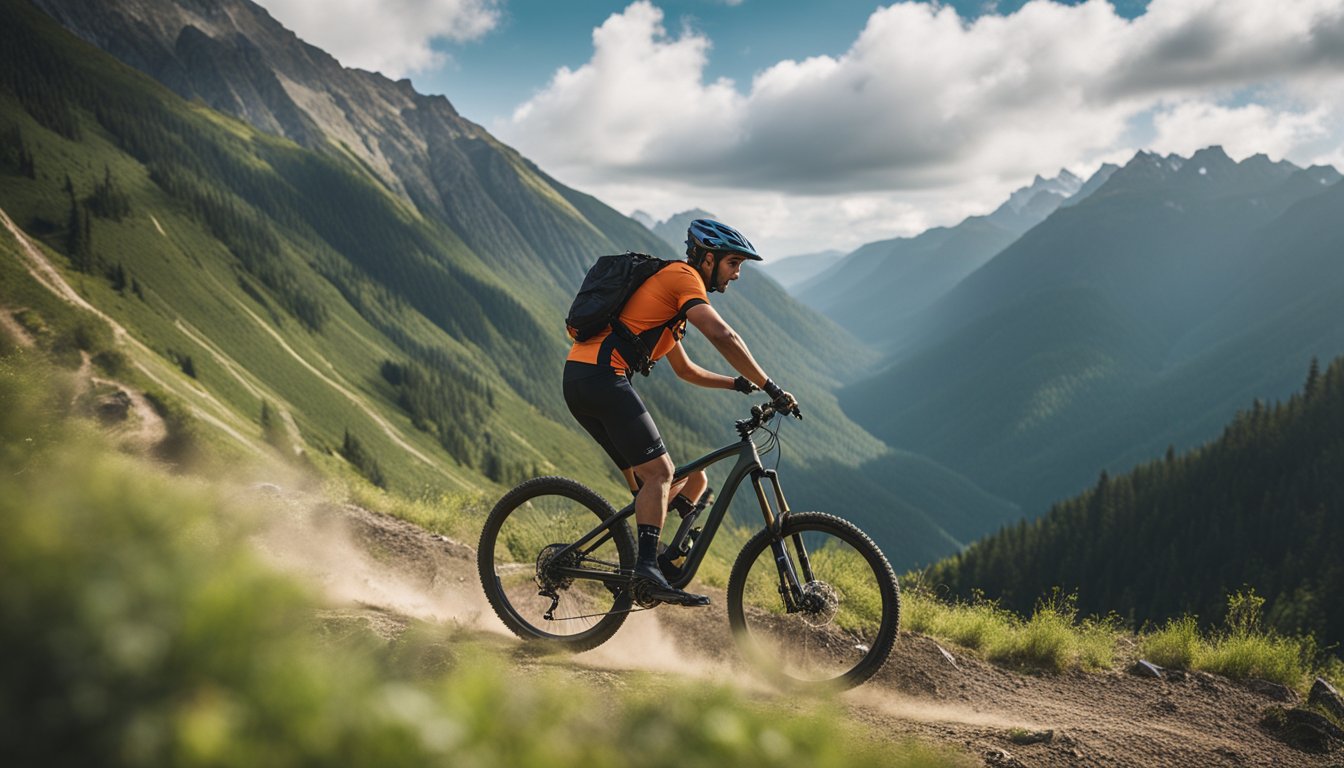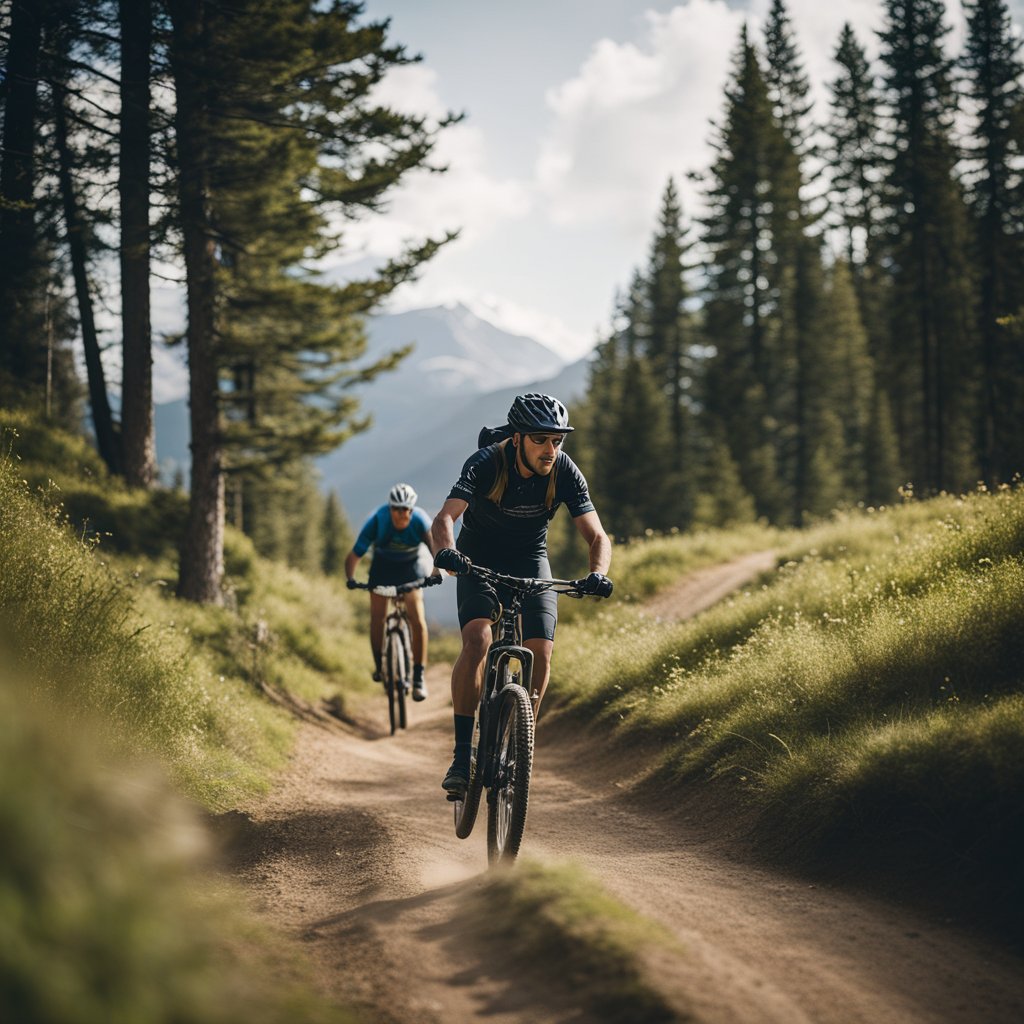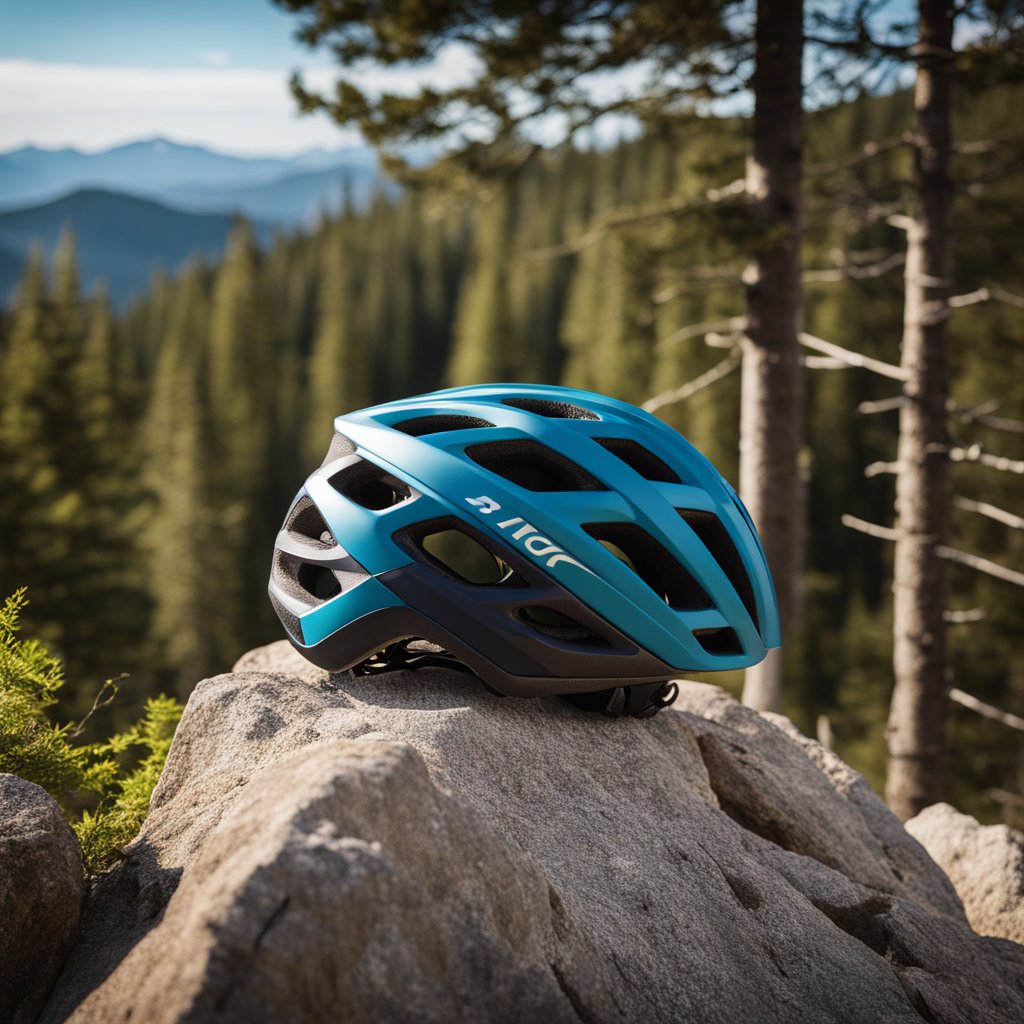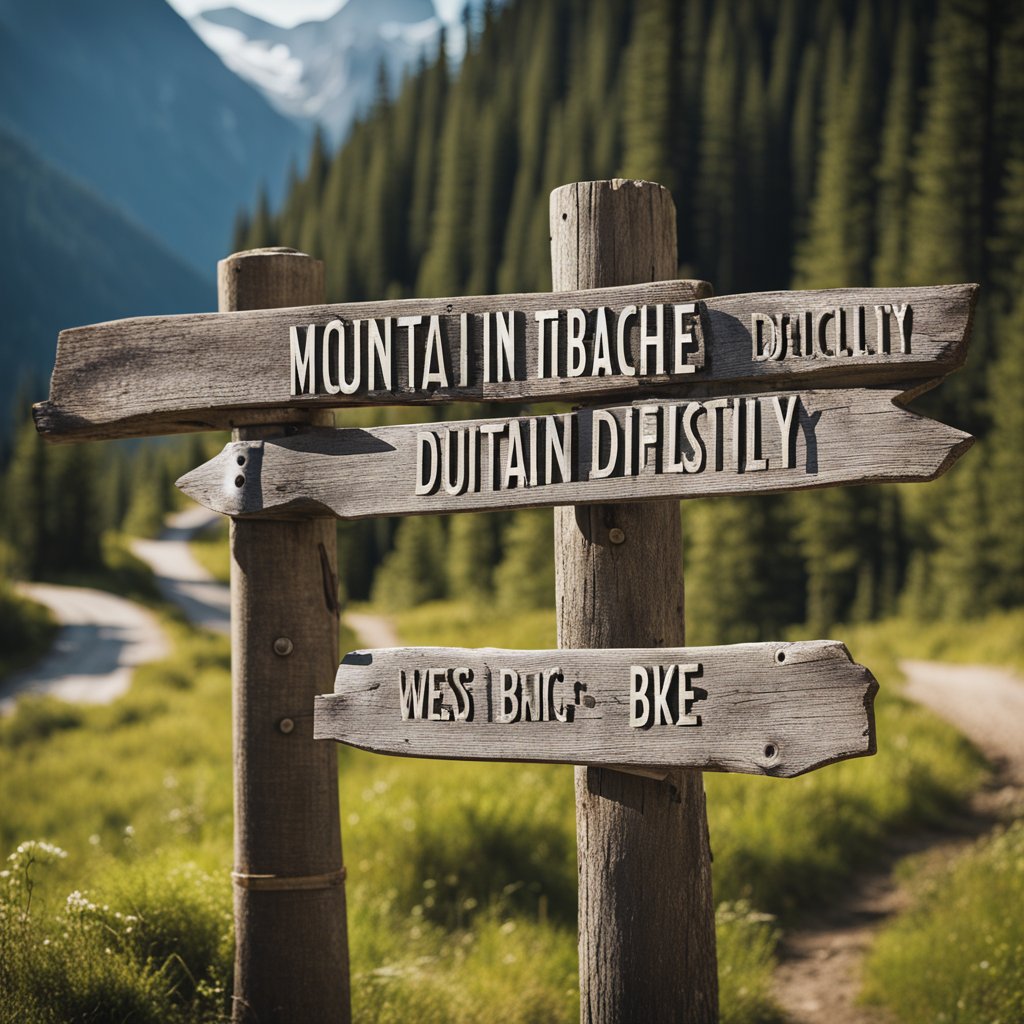Have you had the urge to hit the trails, and you can’t find anyone who isn’t tied up at work or doesn’t have other plans? Maybe it’s time to consider seizing the moment and going on your own, enjoying the cool breeze and scenery by yourself. The question is, is it safe to mountain bike alone?
Although mountain biking alone does carry increased risks of animal attack and you lose the immediate help of others should you get injured, these concerns fall by the wayside once you experience the solitude and freedom it affords. You can offset the risks by informing others where you’re going and carrying all the essentials needed for a successful journey.
The Risks of Solo Mountain Biking
Knowing the risks of solo mountain biking can mean the difference between a safe biking trip and a dangerous one. Group rides typically offer more comfort when something goes wrong, so if you are going it alone, awareness is key, and preparation is everything.
Mountain biking alone makes the risk of injury or mechanical problems potentially more serious, and there is an increased risk of getting lost or suffering a wild animal attack.
Injuries
The spectrum of injuries any mountain biker can suffer is wide, ranging from scrapes and bruises to fatal head or chest injuries. In competitive mountain biking, the most common acute injuries are caused by falling forward, accounting for 64.9% of falls, and over 85% of those falls occurred while riding.
Tackling a path you aren’t comfortable with and failing to do a proper risk assessment increases the risk that you’ll run into obstacles, and the inability to accurately maneuver treacherous paths can cause you to fall.
If you often feel uncomfortable with certain terrains and more complex trails, riding in a group can help you learn by example as you watch how your riding partner tackles the challenge.
Getting Lost
Winding up lost somewhere out on the trail with no sense of how to get home is a far more frequent occurrence than you might think. This is why it’s so important that solo bikers inform someone of where they’re going.
Often, should you find yourself in this situation and feel overwhelmed, the best thing to do is stop and wait for someone to come looking for you. If you stay put, there’s no chance of you getting more lost as the minutes go by.
Wild Animals

Animal attacks happen all the time, and when you least expect them. You’re still at risk of animal attacks on a group ride; however, the risk is much higher when you are riding alone. Always take wild animals into account, as you never know when you’ll run into one along your journey.
Research the various animals in your area to learn the appropriate reaction to them. Each animal responds differently to different cues, so you must learn the right ones for each animal.
Mechanical Malfunctions
Even if you have your bicycle checked before you go out, there is always a risk of running into mechanical problems.
Having your bike break down on you an hour down the trail with no repair kit will leave you stranded and doing the walk of shame home with your bike by your side.
This situation can quickly progress into a very dangerous one, especially if the night is rolling in and you failed to pack provisions like extra water or warm clothes.
Night Time
If you are out alone and can’t make your way back home without help, you could easily end up needing to spend the night out in the wilderness.
When stuck in the wilderness alone at night without preparation, you are more at risk of animal attacks, exposure to the elements, and succumbing to any serious injuries.
The Rewards of Solo Mountain Biking
Now that we’ve looked at some of the risks, let’s discuss why the rewards of mountain biking alone far outweigh these concerns. After that, we’ll discuss some safety tips to minimize the risks so you can enjoy your solo ride.
Freedom & Flexibility
The number one benefit of solo mountain biking is freedom. You can now plan trips on your own time and execute them without having to cancel your trip because your trail buddies flaked.
Riding alone instantly gives you complete control over your rides, allowing you to decide which trail you want to ride on and what time you want to leave.
Along with having the freedom to plan your rides to your preferences, solo mountain biking offers you the flexibility to enjoy your rides at your own pace. If you start feeling tired or the weather’s taken a turn for the worse, or if you need to take breaks, you can do so without having to consult or inconvenience anyone else.
No Peer Pressure
Riding in a group has many benefits, especially when it comes to accountability and motivation to improve and keep up with your peers.
Less experienced riders can gain valuable insight by watching the more experienced riders tackle trickier terrain, while more experienced riders can still benefit by using the time spent with beginner riders to focus on improving their technique.
However, what’s considered healthy peer pressure for some may become dangerous for a less experienced rider. You may push yourself further than you are capable of handling and end up putting yourself at a higher risk of injury.
When you ride alone, you can go at whichever pace suits you and are much less likely to go through with risky maneuvers knowing that there’s no one around to help you if you fall.
Peace and Solitude
When you’re out biking alone, there are much fewer distractions getting in the way of you, nature, and the beautiful scenery that surrounds you.
You can stop whenever you’d like to take in your surroundings and don’t have to worry about keeping your trail buddies waiting.
The positive impact that mountain biking can have on your mood is amplified when you are out on the trails alone. However, group riding is also sometimes more enjoyable with some company to share the experience with.
Top Solo Mountain Biking Safety Tips
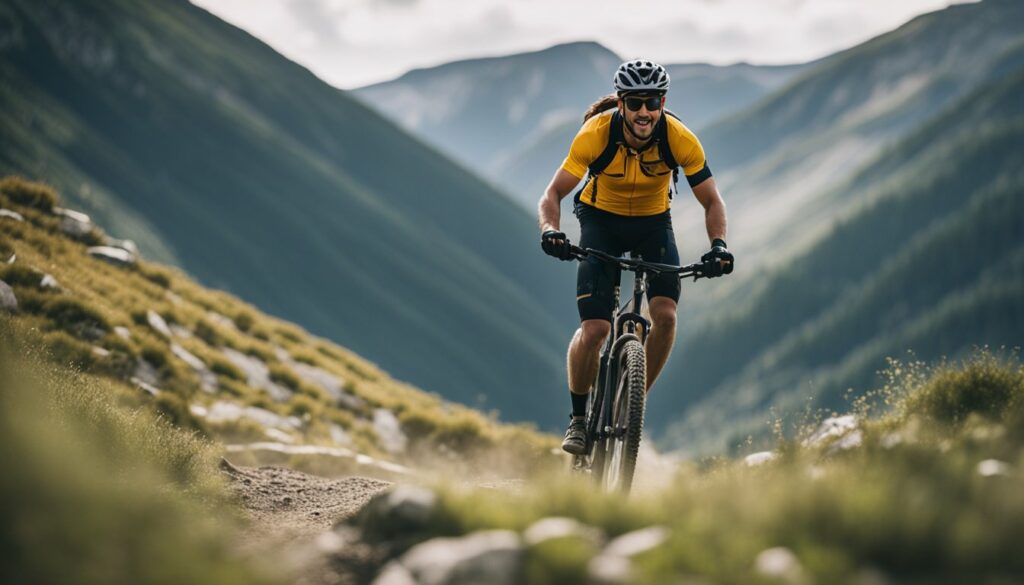
Preparation makes a world of difference when it comes to safety. Thankfully, there is so much you can do to lower risks for your next ride.
Proper Risk Assessment
First and foremost, your experience level as a bike rider has a big impact on the level of safety riding alone can have.
If you are more experienced, your ability to handle a larger variety of terrain is stronger, and your overall risk of falling is lower, provided that you aren’t an adrenaline junky, tackling the most treacherous paths in the area for sport.
This doesn’t necessarily mean that, if you are less experienced, you shouldn’t ride alone. It means that you need to assess how comfortable you are with certain choices along your mountain trail.
For example, you may not be completely comfortable cycling down a path with rocky terrain or large twisting roots coming out of the ground. In this case, you need to be honest with yourself and avoid that path to stay safe and prevent falling.
Always choose a path you are comfortable with and a route distance that you know you are fit enough to handle.
Always Tell Someone Where You’re Going
Before you leave for your trip into the mountains or woods, always tell someone where you are going and how long you intend to be gone.
Make sure to let someone know what time you’ll be leaving as well, especially if you are telling them quite sometime before your trip.
If something goes wrong on the trails, you want to rest assured that someone will come looking for you after a certain amount of time.
Choose someone you can rely on to keep track of the time while you’re gone and who would worry if you didn’t arrive home when you said you would.
Carry a Backpack of Essentials
Possibly the most important safety tip is to make sure that you are physically prepared for the worst when you leave for a solo mountain biking trip.
Bring a backpack along with all the necessary gear you would need if things were to go wrong and for the possibility of an overnight stay in the woods.
Everyone’s needs are different, so consider things that you might need personally, for example, medications.
Here are some important things to bring when you mountain bike alone:
Pack a Fully Charged Cell Phone or a Satellite Phone
Even if you aren’t planning on going out for long, you never know when you might find yourself in a sticky situation needing to call for help.
Always pack your phone along with a fully charged battery to stay in contact with someone at home. If you are taking a route without a good signal, make sure you get your hands on a satellite phone for emergencies.
Riding Alone: Final Thoughts
Many cyclists might warn against cycling alone, especially out in the wilderness. Some even swear by it as a common-sense rule. Still, mountain biking in a group does not make you immune to the risks. In many cases, it does not offer much risk reduction except to offer a helping hand when things go wrong.
There is strength in numbers when you’re out on the trail. However, the rewards of biking alone, provided you take the proper precautions, make solo mountain biking a hobby worth addressing.
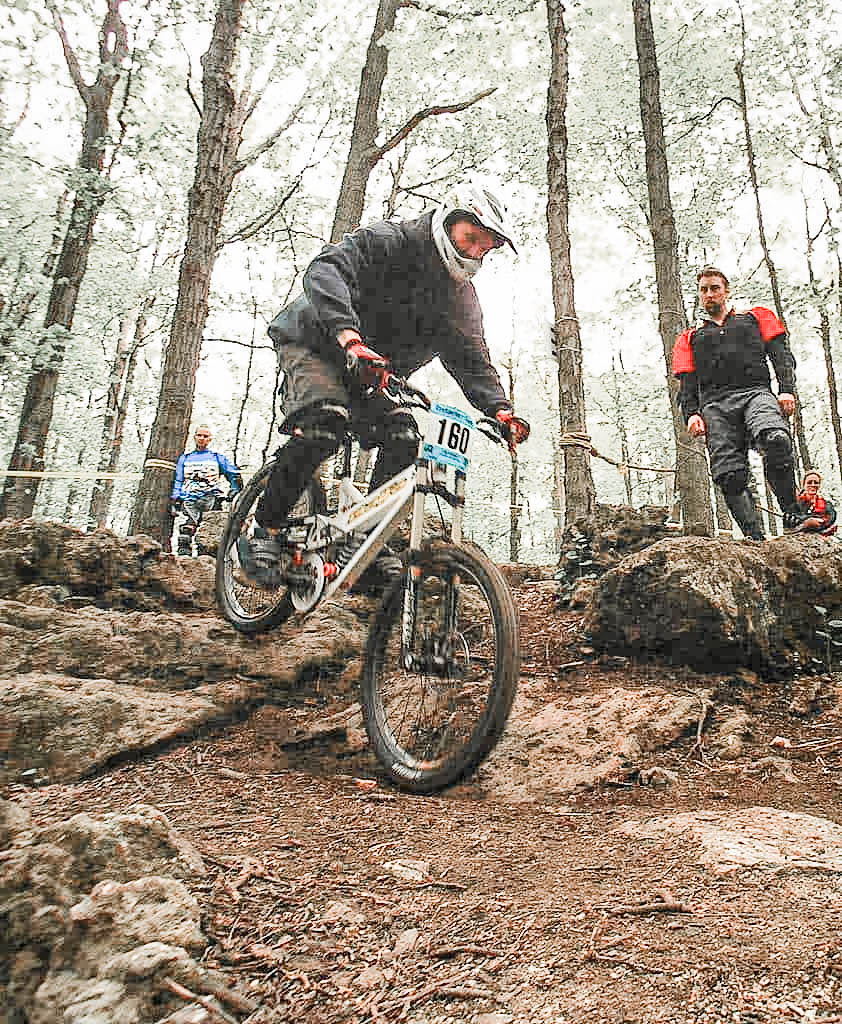
Tim is the founder of SimpleMTB and has been mountain biking for decades. He raced in the Ontario Cup series during his teenage years and riding continues to be one of his favorite hobbies now as an adult.
